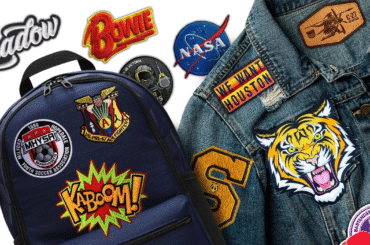A clean car is more than just an attractive sight — it reflects the owner’s care, maintains vehicle value, and protects the exterior from long-term damage. Car cleaning is not simply about splashing water and rubbing the surface; it’s a balance of the right techniques, products, and timing. Understanding the role of water, soap, and shine in the cleaning process can help keep your vehicle looking brand new for years.
The Role of Water in Car Cleaning
Water is the foundation of every Car Wash. It serves two major purposes: loosening dirt and rinsing away cleaning products. Before applying any soap, the first rinse with water removes loose dust, mud, and debris. This prevents scratching the paint when you begin scrubbing.
For the best results, use a gentle water pressure. High-pressure jets are excellent for removing stubborn grime from wheels and undercarriages, but too much force on painted surfaces can damage the clear coat. Soft water is preferred over hard water because minerals in hard water can leave water spots and dull the finish if not dried quickly.
Soap – More Than Just Suds
Car soap is specially formulated to clean while protecting the paint. Many people make the mistake of using dishwashing liquid or household cleaners, which strip away protective wax and can leave the paint vulnerable. Automotive Car Wash soap is pH-balanced, meaning it’s strong enough to remove dirt yet gentle on the car’s finish.
The proper way to use soap is with the two-bucket method: one bucket with soapy water for washing, and another with clean water for rinsing your sponge or wash mitt. This prevents reapplying dirt onto the car and avoids swirl marks.
When applying soap, always start from the top and work your way down. Dirt accumulates more heavily at the lower parts of the vehicle, so starting at the top prevents dragging grit across cleaner surfaces.
Shine – The Final Touch
Once the dirt is gone, the final step is achieving that glossy shine. This is done through drying, polishing, and waxing. Drying the car immediately after washing prevents water spots. Use a microfiber towel instead of a regular cloth, as it absorbs water better and reduces the risk of scratching.
Polish is optional but recommended for restoring the car’s surface to its original smoothness. It removes minor scratches and oxidation, giving the paint a deep, reflective look.
Waxing is essential for protecting the shine. A thin layer of wax acts as a shield against UV rays, rain, dirt, and road salt. Modern spray waxes are quick to apply and can be used after every few washes, while paste wax provides longer-lasting protection.
Extra Tips for Perfect Car Cleaning
- Clean in the shade: Direct sunlight can cause soap and water to dry too quickly, leaving streaks.
- Pay attention to wheels and tires: Brake dust and road grime can damage rims if ignored. Use a separate brush and cleaner for wheels.
- Don’t forget the windows: Use an automotive glass cleaner for streak-free visibility.
- Regular maintenance: Washing your car every 1–2 weeks helps maintain its condition and value.
Conclusion
Water loosens and rinses away debris, soap removes grime without harming the paint, and shine products protect and enhance the look of your vehicle. By understanding these three essentials water, soap, and shine and applying the correct techniques, you can keep your ride in top condition.
A Well-Cleaned Car isn’t just about appearance; it’s a reflection of pride, attention to detail, and a commitment to protecting your investment.






